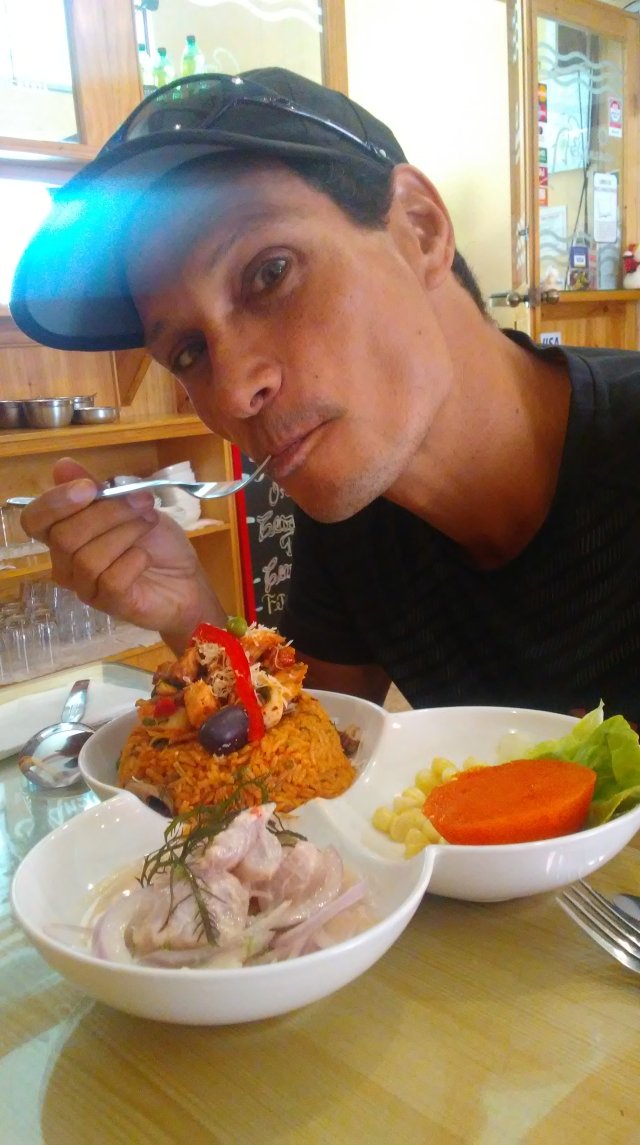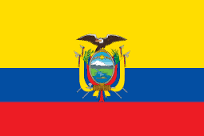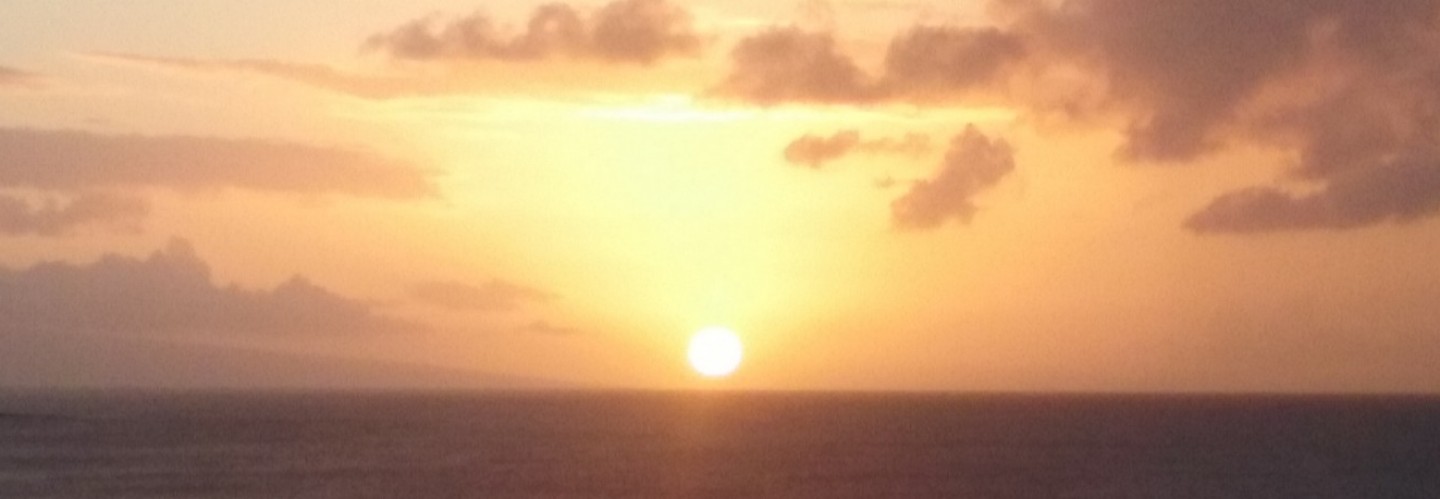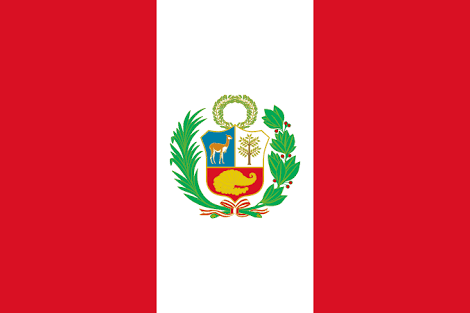I am writing the current post from El Cuartel, a small hostel/restaurant/bar in Lobitos, Peru. The funny thing about this place is that Ted and I are the only paying guests. The rest of the 15 or so people are all volunteers staying here. Ironically, we are also the only ones sleeping in a tent.
Lobitos is a unique place. Ted described it as a post-apocalyptic surfer’s paradise. I would describe it as Mad Max meets Endless Summer. Lobitos is an active military base, though you would hardly know it. Most of the “town” is abandoned cement buildings which are covered with artsy graffiti and nature-inspired slogans. As one Peruvian put it, it is sort of a triumph of nature over war. Many have turned the more usable structures into hostels, like our own. Add brightly colored paint, a few beds, some volunteers to work for free, and you have a surf hostel. The location couldn’t be better; a stone’s throw from a long white sandy beach in what feels like the middle of nowhere. If only there were some decent waves, it would be hard to leave!
However… though there are some waves, the locals told us there isn’t enough sand covering the rocks yet, so the wave doesn’t hold a good shape, and closes out or becomes mushy and soft. So despite the adventurous feel of this place lost in time, we may just head back to the hustle bustle of Mancora, the beach town an hour north where we just came from. We have been making our way up the coast since Punta Hermosa (and after quick trip to Cusco and Machu Picchu).
Punta Hermosa was a longboarder’s paradise. It is a popular destination for locals escaping the city of Lima for the weekend and also, as we later found out, the place to retire for rich drug lords. I would never have guessed that by the chill beach vibe; but I guess they must have mellowed out a bit. One hopes, anyway. The water there was cold and it was a long paddle out to the waves, but the waves back in were just as long. We stayed with a lovely Argentinian couple and their kids and enjoyed a few days of decent surf.
Our next coastal destination was Huanchaco, near the town of Trujillo. Huanchaco was a little bigger (the town and the surf) and seemed to have a more lively feel to it. Peruvians say that they have been surfing as long as the Hawaiians, and they traditionally used reed canoes called tonopes. We met lots of foreigners who were also there to surf, including a girl from Ireland and a guy from Denmark. While Ted and I were shivering and lamenting the loss of feeling in our limbs, they were cheerfully remarking how warm it was! All a matter of perspective, I guess.
After Huanchaco, we took the night bus to Mancora, which we thought was a pretty sleepy little beach town. We only spent the one night there before heading to Lobitos. Once in Lobitos, however, we heard that Mancora was where people went to party, especially the hotel Loki. We read some of the reviews of this hostel/hotel and they were pretty hilarious…all of them mentioned partying and little to no sleep, one said she got drunk and “accidentally” slept with an english guy, and another complained that security flushed their drugs down the toilet. So we decided to book the place for a week. Just kidding!!! We decided to stick with our tranquil hill bungalow with views of the surf.
So for now we will remain in Lobitos and hope for waves; if it doesn’t happen, we’ll head back to Mancora where we know there’s good waves for sure. And that will be our last stop in Peru… Monday we will head off to Ecuador and continue our search for killer waves and the perfect ceviche.














































































































